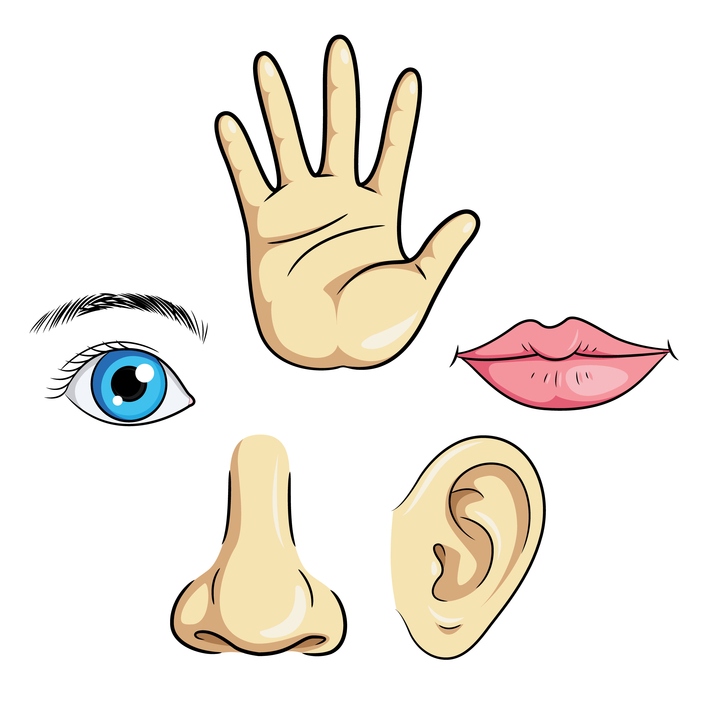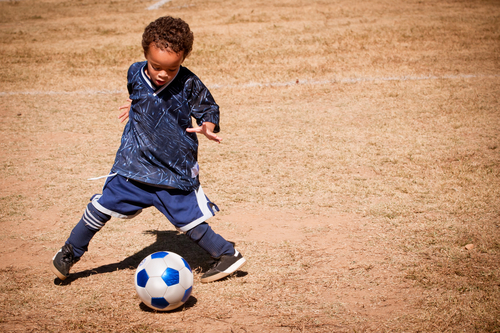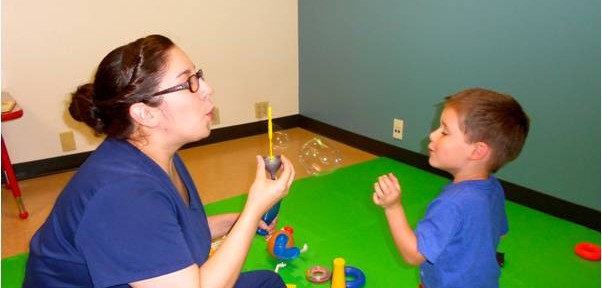Are You an Aspie and Depressed? That’s Not Unusual
As most teens and adults with Asperger syndrome know, people with Asperger syndrome can be significantly depressed. The rates of diagnoses of depression vary among studies, from 18% to 22%. The most commonly quoted rate of a depression in the general population of the US is 6.7%. Most of the research shows both genders have these high rates of depression.
Studies focused on males and females and not those who are transgender. There are more people who identify as transgender in the AS population than in the general population and transgender people have a higher rate of depression. One would guess that someone who is both AS and transgender might have a high tendency towards depression.
Interestingly, non-autistic full siblings and half-siblings of individuals with ASD (not just Asperger syndrome) also had higher rates of depression than the general population, although at half the rate of those with ASD. Studies of suicide attempts are also very troubling. In studies of suicide, the rate of suicidal thoughts and attempts are prevalent, especially in adolescence and young adulthood.
It’s critical to identify depression, since it can be treated.
It’s obviously important to understand why rates of depression and suicidal thoughts are so high. One factor, given the findings in siblings, is that there is an increased genetic vulnerability to depression, although large studies haven’t supported a common genetic overlap. We have to look to other factors to account for these high rates of depression.
It’s important to diagnose clinical depression for anyone for a simple reason – depression is treatable with a variety of modalities:
Dr. Marcia Eckerd has been in practice as a licensed psychologist since 1985. I am on the CT ASD Advisory Council and the Clinical Advisory Committee of the Aspergers/Autism Association of New England, as well the professional advisory board of Smart Kids with LD. Aspergers101 is honored to offered the knowledge and experience of Dr. Eckerd through her informative blogs!











